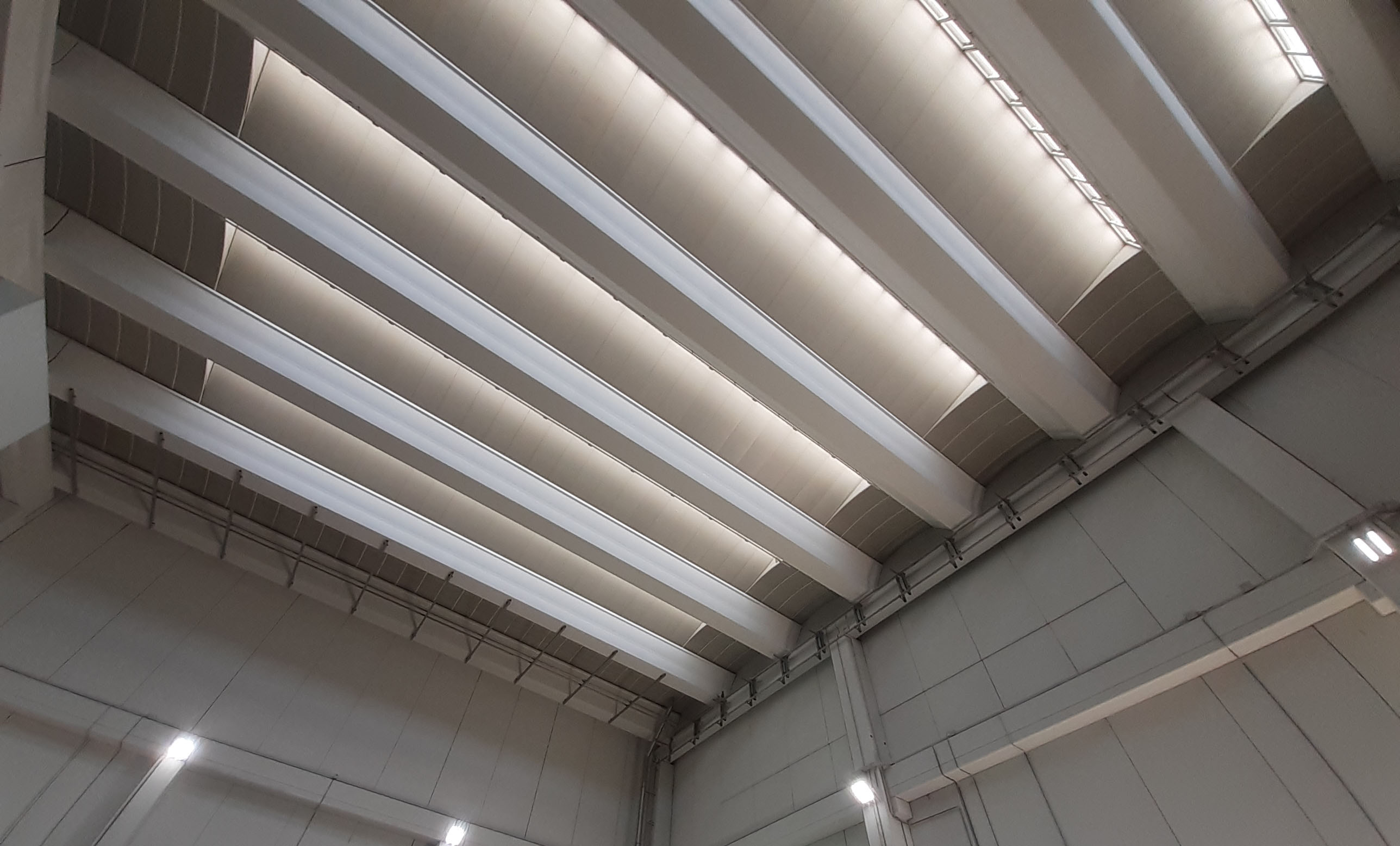In order for Dragonfly to work properly, there are some important things to keep in mind and to check during the survey of a environment to make sure that Dragonfly will work properly from the very beginning. The environment must meet some minimum requirements and some additional steps might be needed during the deployment phases in order to ensure the best results. Let’s take a look at them together.
Brightness conditions
Amount of light
In order for Dragonfly to work properly, the brightness conditions of the area seen by the camera must be good during the whole time Dragonfly is used (both during the day and during the night). Low ambient light leads to the detection of a lower number of features during the mapping phase and during the use of the system. Eventually, a low number of features leads to low robustness of the system.

Solutions:
- If some of the lights are broken -> those lights will have to be fixed before the mapping phase.
- If the illumination of the area is not enough -> additional lights will have to be installed in order to make the area seen by the camera brighter. This could happen for example when:
- the floor is dark (e.g. asphalt) or very dirty and the camera is pointed towards the ceiling. In those cases the amount of light reflected by ground and sent back to the ceiling is not always enough to make the features of the ceiling look bright.
- the natural light provided by windows/skylights/roof lights is not enough.
- the artificial lights are off.
- the artificial lights are on, but not powerful enough.
Change of brightness during the day
The brightness of the environment might change throughout the day because of:
- the natural light that pass through windows/skylights/rooflights changes.
- artificial lights are turned on/off.
This change of the brightness throughout the day involves a change of the shadows inside the environment, and eventually the features recorded during the mapping phase (carried out with specific brightness conditions), can be different than the features detected while Dragonfly is used during another time of the day (with different brightness conditions).
Solution:
- If Dragonfly is used inside venues with variable lighting conditions -> then the mapping will have to be done in various brightness conditions. This means that a map created with daylight will have to be extended with the features collected during an additional mapping done during the night time. You will find the instructions to extend an existing map in the next pages.
Amount and variability of the features
As seen, Dragonfly works thanks to a 3D map representing the location of the distinctive features in the ceiling. So, to work properly, Dragonfly needs the ceiling to meet 2 basic requirements: a large number of feature and, at the same time, a variability regarding the position of the features. Most of the industrial environments don’t satisfy both the requirements at the same time because of:
- a low number of features (white/plain ceiling);
- a low variability of features (uniform ceilings);
These 2 factors makes impossible to deploy Dragonfly in a reliable manner if the ceiling is kept as-is.
Solution:
- make the ceiling uneven and rich in distinctiveness by installing lightweight, small and low cost fiducial panels (described in details in the next support page).
